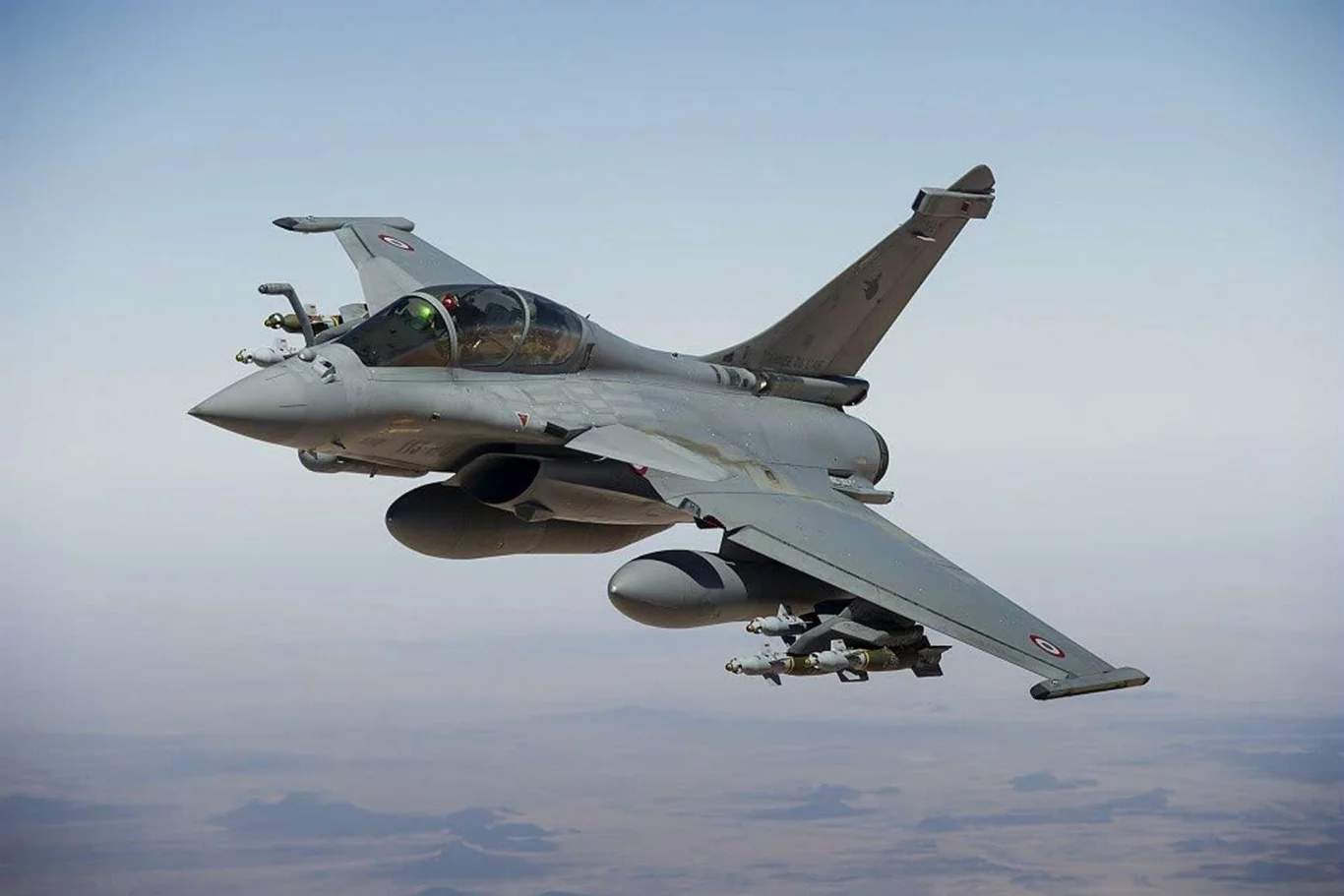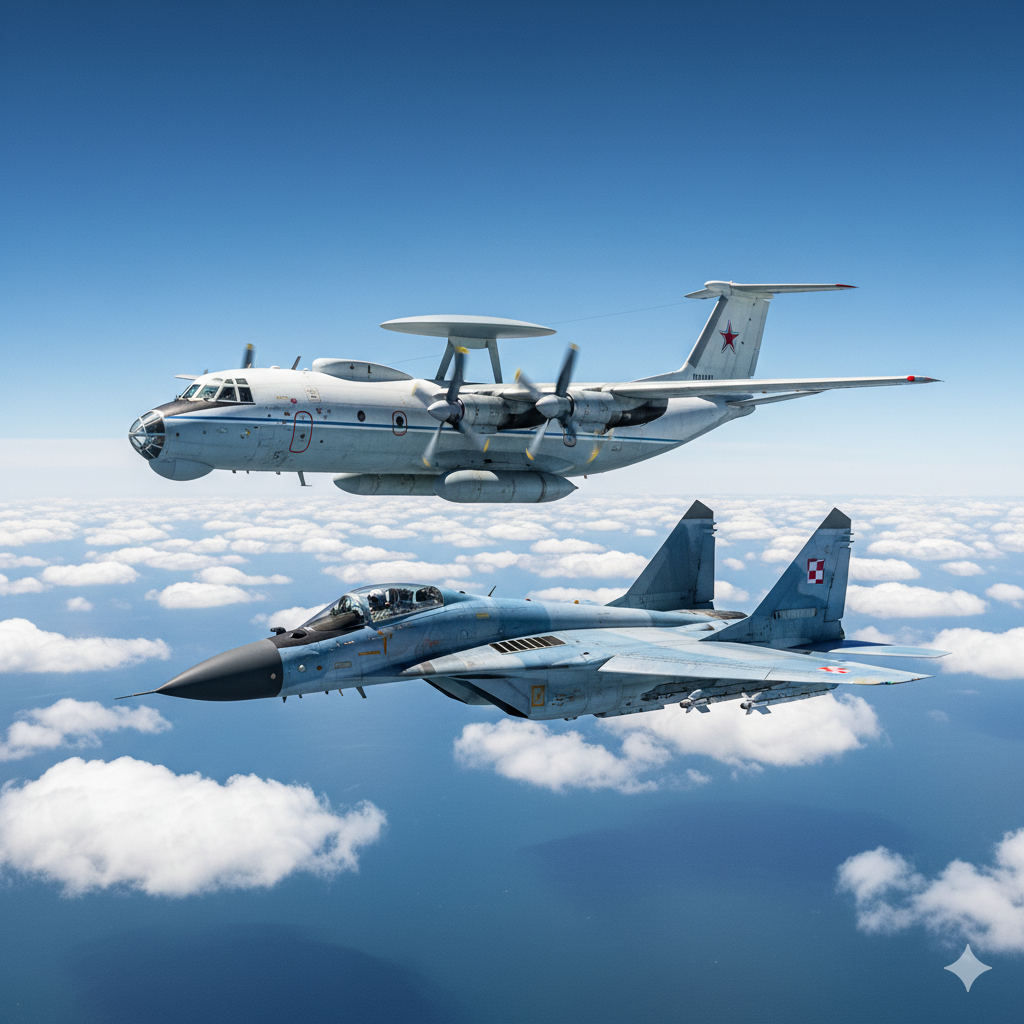In a strategic move signaling a profound shift in its defense posture, Ukraine is reportedly engaged in advanced negotiations with France for the acquisition of Dassault Rafale multirole fighter jets. This initiative underscores Kyiv’s ambitious long-term vision to transcend its reliance on a singular fighter platform, aiming instead for a robust, multi-faceted air fleet capable of addressing the complex and evolving aerial threats it faces. While the focus of international military assistance has largely centered on the F-16 Fighting Falcon, the pursuit of the Rafale by Ukraine highlights a deeper, more sophisticated understanding of modern air combat requirements, emphasizing diversification, advanced capabilities, and strategic partnerships that extend beyond traditional alliances. This potential deal is more than just an aircraft procurement; it represents a critical component of Ukraine’s strategic pivot towards Western defense ecosystems and a long-term commitment to securing its skies with cutting-edge technology.
The Dassault Rafale, a twin-engine, canard-delta wing, multirole fighter aircraft, stands as a testament to European aerospace engineering prowess. Its reputation as a “omnirole” fighter, capable of simultaneously performing air supremacy, interdiction, reconnaissance, ground support, in-depth strike, anti-ship strike, and nuclear deterrence missions, makes it an exceptionally attractive asset for a nation like Ukraine, which operates in a highly contested battlespace. Unlike many single-mission aircraft, the Rafale’s versatility would offer Ukraine unparalleled operational flexibility, allowing a smaller, more agile force to execute a wider array of missions with significant effectiveness. Its advanced avionics, including the RBE2 AA AESA radar, SPECTRA electronic warfare suite, and potent MICA and Meteor air-to-air missiles, would provide a substantial qualitative leap over Ukraine’s aging Soviet-era inventory. Furthermore, the Rafale’s combat proven track record with the French Air and Space Force, as well as with international operators like India, Egypt, Qatar, Greece, and Croatia, offers a compelling argument for its reliability and performance in diverse operational theatres.
The negotiations for the Rafale aircraft are being steered by Ukraine’s Ambassador to France, Vadym Omelchenko. His active involvement underscores the high diplomatic and strategic importance attached to this potential acquisition by Kyiv. While the exact number of aircraft under discussion remains undisclosed, any agreement would represent a substantial financial and logistical commitment from both nations. Such a high-profile deal would also necessitate comprehensive packages for pilot training, ground crew instruction, maintenance infrastructure development, and long-term logistical support, all of which are crucial for the seamless integration and sustained operational readiness of a sophisticated Western platform. This engagement with France also signifies Ukraine’s broadening approach to securing its future air defense, moving beyond the initially concentrated efforts on acquiring F-16s from a coalition of NATO members, thereby diversifying its supply chains and fostering stronger military-industrial ties across Europe.
This pursuit of the Rafale runs parallel to Ukraine’s ongoing efforts to integrate F-16s into its air force, a program that has garnered significant international support. The rationale behind acquiring a multi-platform air fleet is deeply rooted in modern military strategy. Relying on a single type of aircraft, no matter how advanced, can create vulnerabilities in terms of supply chain disruption, maintenance bottlenecks, and susceptibility to specific enemy countermeasures. A diverse fleet, comprising both the F-16 and potentially the Rafale, would provide redundancy, enhance tactical options, and complicate adversary targeting strategies. While both are highly capable 4.5-generation fighters, they offer distinct strengths and operational profiles, allowing Ukraine to tailor its air power response more effectively to different threats and mission requirements. The F-16 provides a robust, widely supported, and cost-effective workhorse, while the Rafale could offer specialized capabilities, particularly in electronic warfare and deep strike missions, potentially providing a complementary high-end capability.
However, the acquisition of Rafale jets presents significant challenges. The financial implications are substantial, as the Rafale is one of the most expensive fighter jets on the market, with unit costs and long-term operational expenses far exceeding those of the F-16. Ukraine would need to secure considerable funding, likely through a combination of international aid, long-term loans, and its own defense budget allocations, which are already strained by ongoing conflict. Beyond finances, the logistical complexities of operating two distinct Western fighter platforms simultaneously, each with its own specific training, maintenance, and supply chain requirements, would be immense. Integrating these new systems into Ukraine’s existing command, control, communications, computers, intelligence, surveillance, and reconnaissance (C4ISR) architecture, which has historically been geared towards Soviet-era standards, will require extensive technical harmonization and interoperability solutions. Overcoming these hurdles will require not only robust technical assistance from France but also a sustained, long-term commitment from Ukraine to adapt its defense infrastructure.
Beyond the immediate military advantages, a Rafale deal would carry significant geopolitical weight. It would deepen Ukraine’s strategic alignment with France, a key European power and a leading voice in the European Union. Such a high-profile defense procurement would underscore France’s commitment to Ukraine’s long-term security and further integrate Ukraine into the broader European defense industrial base. From a diplomatic perspective, it would send an unmistakable signal to Russia about the enduring resolve of Western nations to support Ukraine’s sovereignty and enhance its defensive capabilities. It would also demonstrate Ukraine’s determination to forge robust, diversified international partnerships, strengthening its position as a reliable and capable partner within the Euro-Atlantic security framework. This strategic deepening of ties extends beyond mere transactional arms sales; it fosters a shared understanding of security challenges and collaborative solutions.
In conclusion, Ukraine’s active negotiations for Dassault Rafale fighter jets mark a pivotal moment in its defense modernization strategy. This move signifies a sophisticated understanding of the need for platform diversity, advanced capabilities, and strengthened international partnerships to secure its future airspace. While the journey from negotiation to operational deployment will be arduous, fraught with financial, logistical, and technical challenges, the potential rewards are immense. The integration of Rafales, alongside F-16s, would not only provide Ukraine with a formidable, multi-platform air fleet but also solidify its strategic pivot towards Western defense ecosystems, reinforcing its resilience and operational effectiveness against future threats. The sky above Ukraine is poised for a significant transformation, shaped by this strategic pursuit of cutting-edge aerial power.




